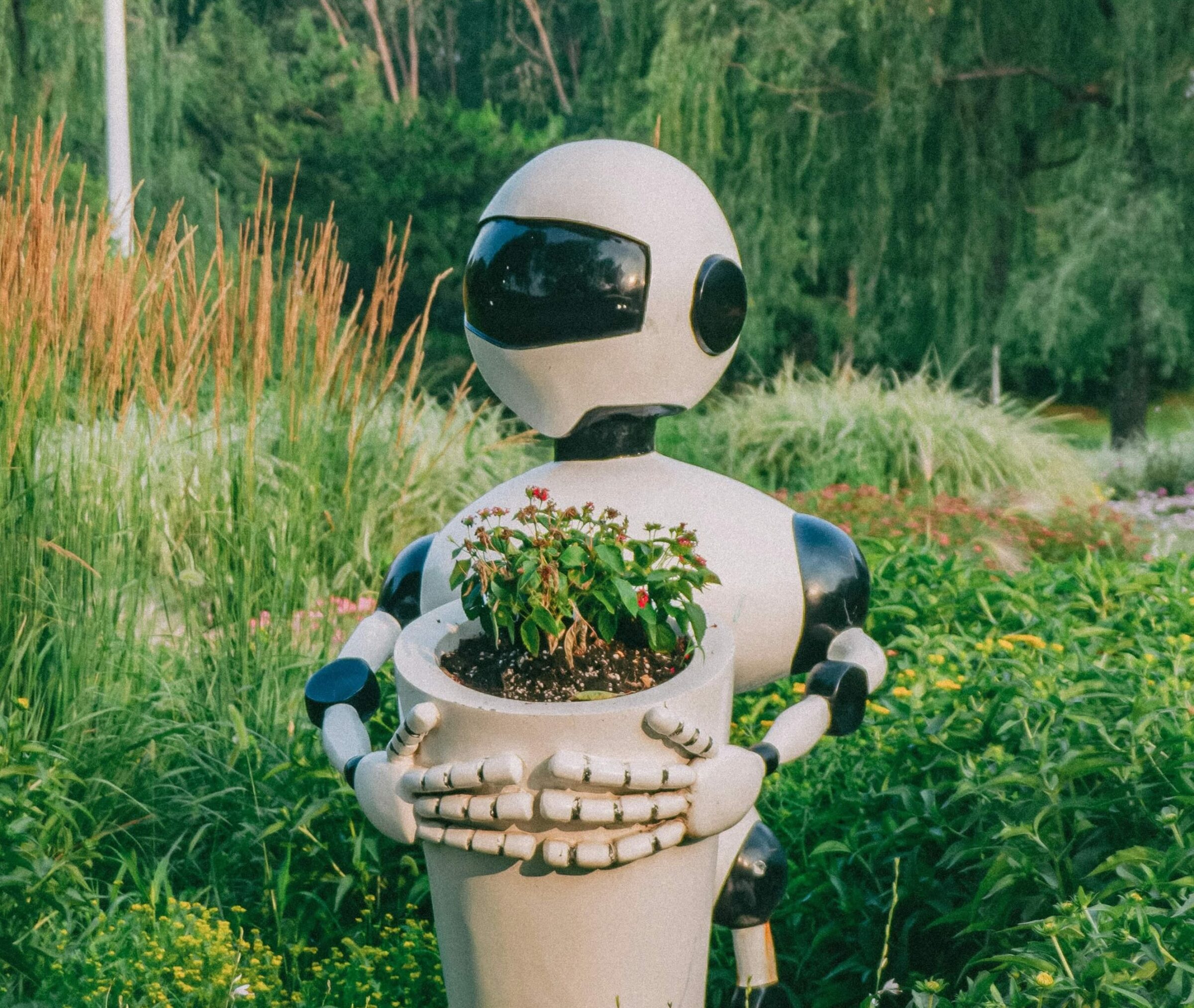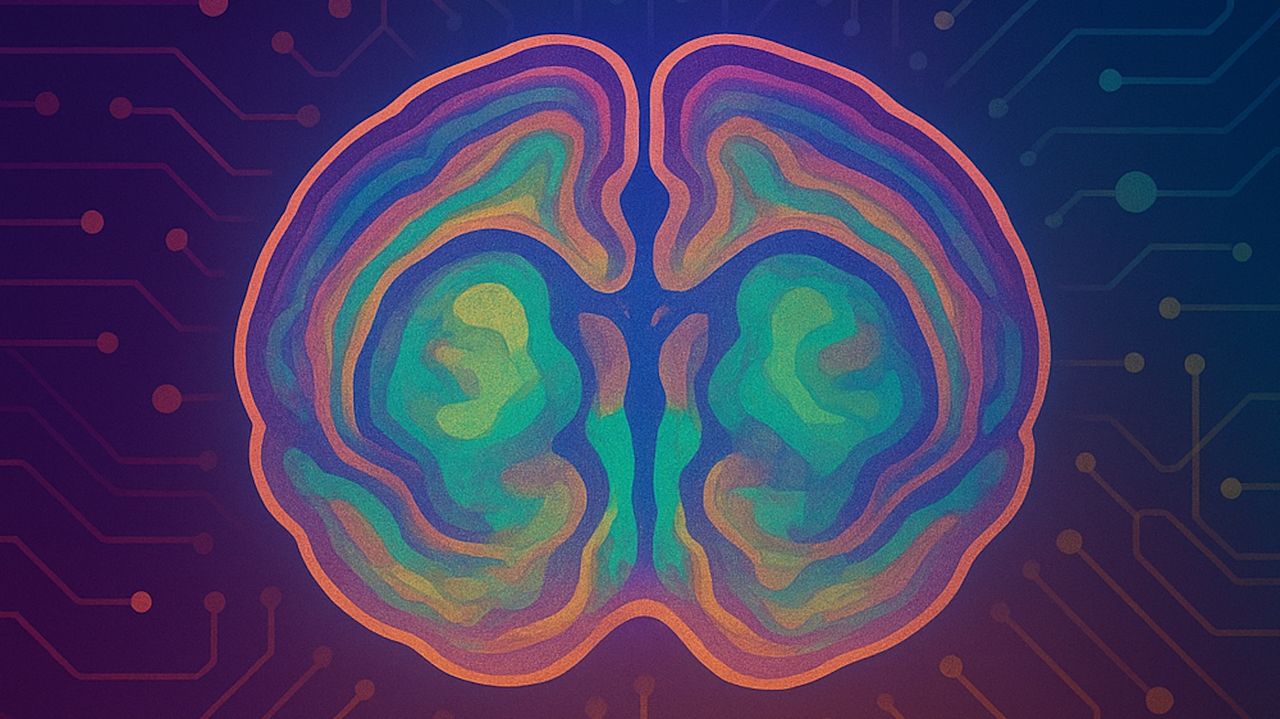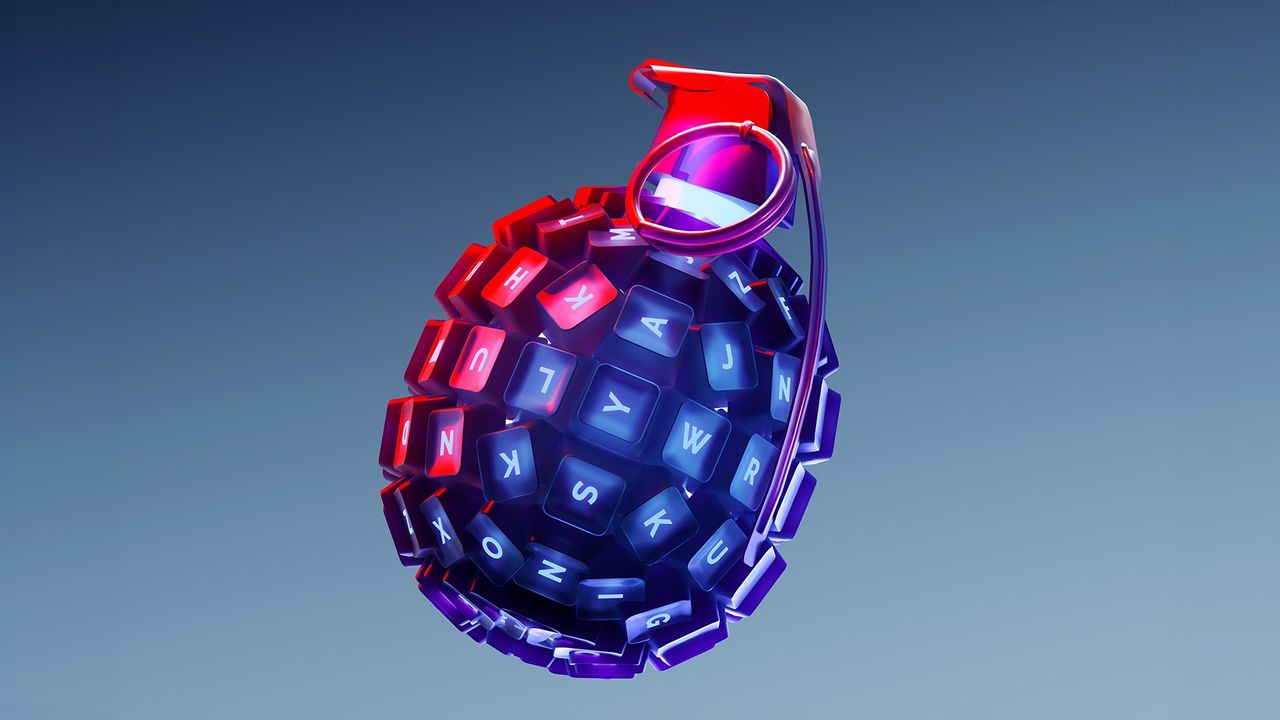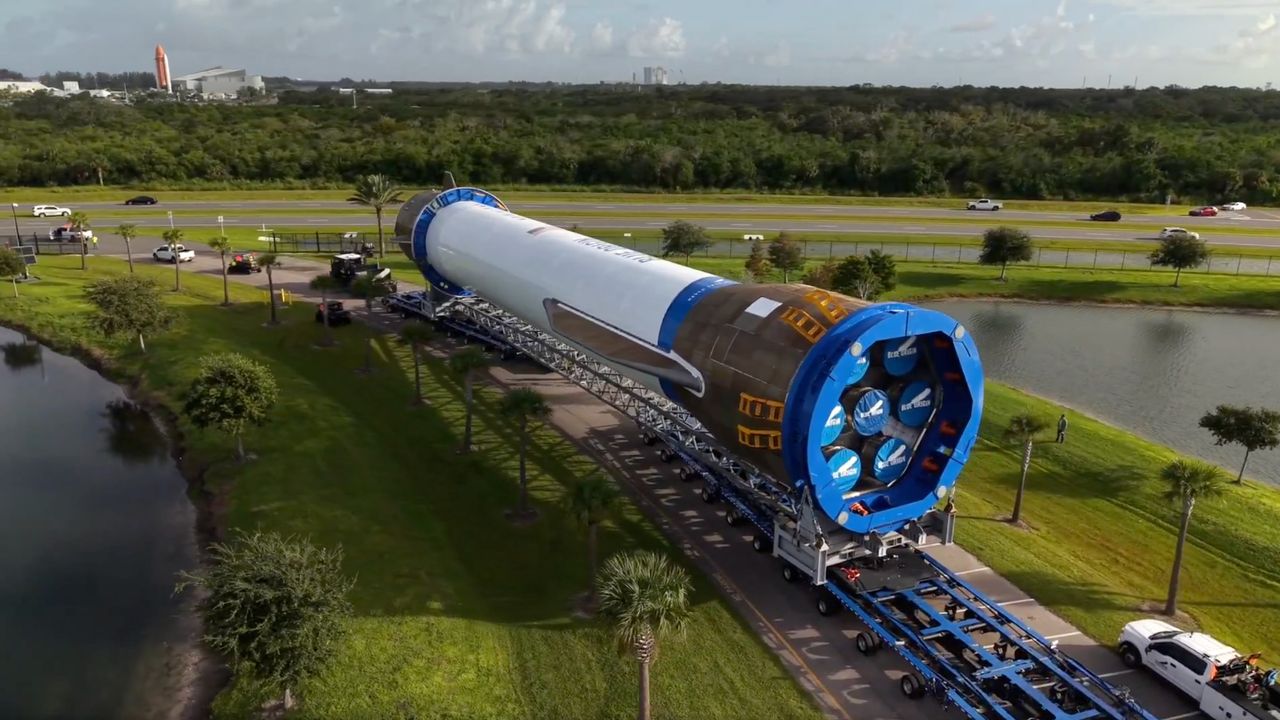1 in 5 high schoolers has had a romantic AI relationship, or knows someone who has
NeutralScience
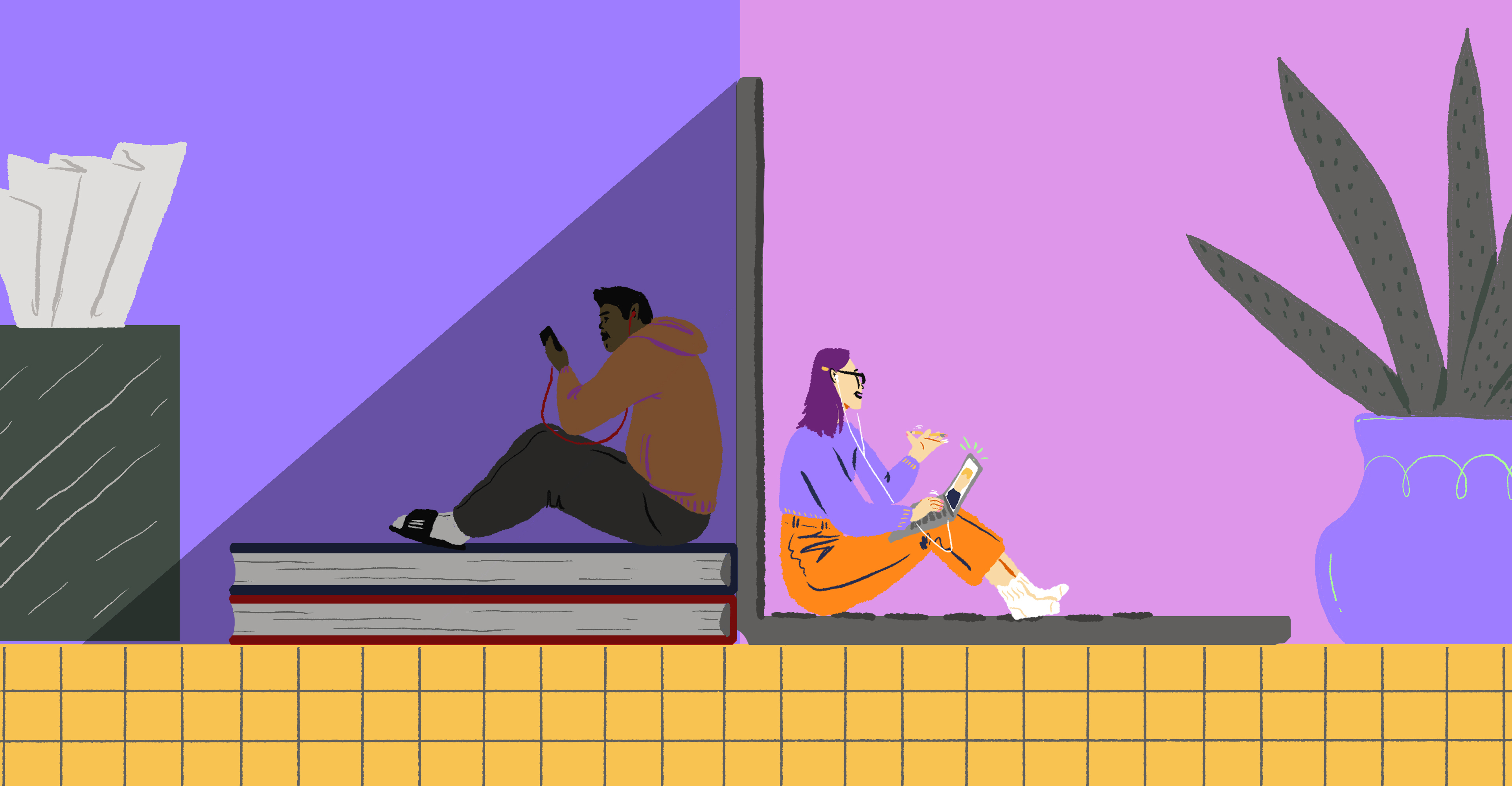
A recent national survey reveals that one in five high school students has either engaged in a romantic relationship with an AI or knows someone who has. This finding highlights the growing influence of artificial intelligence in the lives of young people, raising important questions about emotional connections and the implications for social interactions in schools. As AI continues to evolve, understanding its impact on relationships and community trust in educational environments becomes increasingly crucial.
— Curated by the World Pulse Now AI Editorial System
